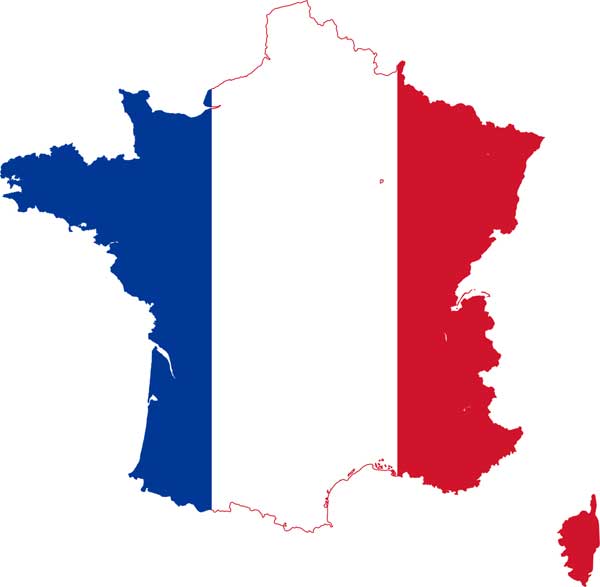The national protests within France rose after the resignation of Prime Minister Francois Bayrou

[france-map. Photo credit to Pixabay]
Nationwide strikes and political crises are currently unfolding across France.
Hundreds of thousands of protesters took to the streets in September to protest against President Macron's budget cuts to welfare programs and medical treatment.
Trade unions throughout France organized widespread strikes and gathered in major cities, including Paris, Lyon, Marseille, and Lille, to express their discontent with the government's policies.
The protest was triggered by the collapse of the moderate conservative government of former Prime Minister Baryou due to massive attacks from both right-wing and left-wing parties.
Prime Minister Baryou has proposed massive budget reductions to address France's current economic deficit of 5.8% and its 113% government debt-to-GDP ratio as of July.
However, the left and right parties argued that this proposal would destroy the citizens' lives.
The Baryou government subsequently faced a motion of no confidence from the House of Representatives, with 194 votes in favor and 364 votes against.
Due to the statement in the French constitution, Baryou had to resign as Prime Minister after earning less than half of the votes in parliament on September 8, amid public backlash among French citizens.
Following the downfall of the Baryou government, the minor right- and left-wing parties challenged President Macron's policies by threatening to impeach the president and calling for a snap election.
As Francois Baryou’s successor, Sébastien Lecorn was appointed as the new prime minister, which ignited the rage of civilians who had initially been dissatisfied with the government.
These events led to the nationwide anti-government protest on September 10, known as the "Block Everything" campaign, which filled the streets with protesters, smoke, fires, and gases.
The protests persisted across France’s major urban centers, where citizens complained of the discomfort due to the shutdown of subway stations.
Businesses constructed their own barricades at their entry to protect against arson and violent protesters.
The current nationwide opposition intensified when the previous Prime Minister Baryou announced the cancellation of public holidays, immediately reducing pensions, health insurance, and social expenditure to cut approximately 44 billion Euros from the economy's total spending.
Although the protest on the day did not reach the whole goal of the campaign, it highlighted the persistence of instability and unrest in the economy during President Macron's presidency in France.
These protests, along with the continuous dissatisfaction of citizens, led to another major protest on September 18.
According to the French government's Ministry of the Interior, approximately 500,000 people attended 700 separate protests.
Approximately 80,000 police officers were deployed for public safety, resulting in the arrest of around 309 protesters, with 134 subsequently jailed.
During the demonstration, numerous signs were visible, arguing against Macron's austerity and suggesting that the government's response to the fiscal deficit was inappropriate.
Experts believe that this social instability will continue until the government and the president present a specific compromise plan to satisfy the citizens, or even the Prime Minister Lecorn will be sacked as well.
The Economist offered a cynical assessment, suggesting that French politicians and citizens will understand the problem when the financial crisis is right upon them.

- JaeWan Lee / Grade 10
- St. Johnsbury Academy Jeju

![THE HERALD STUDENT REPORTERS [US]](/assets/images/logo_student_us.png)
![THE HERALD STUDENT REPORTERS [Canada]](/assets/images/logo_student_ca.png)
